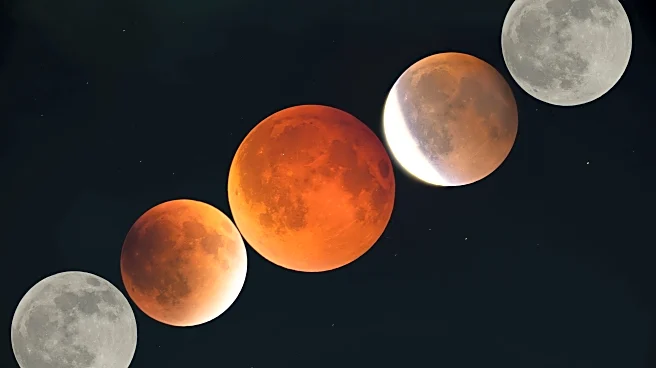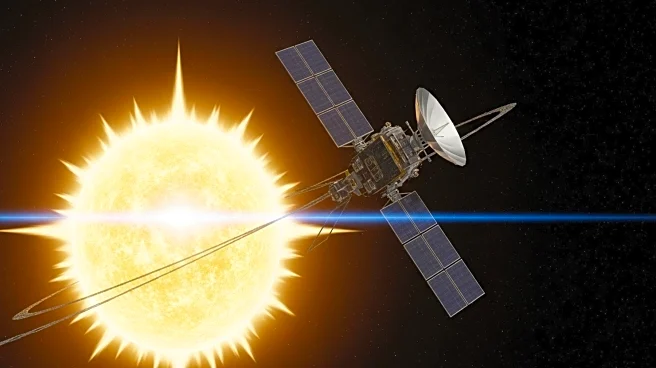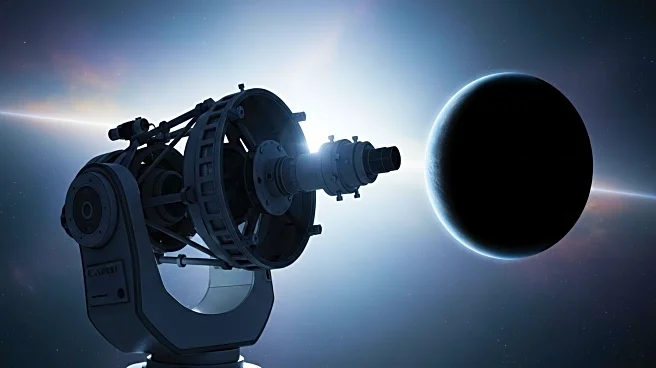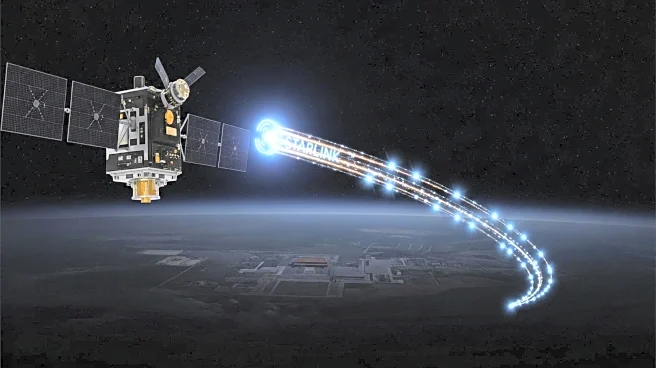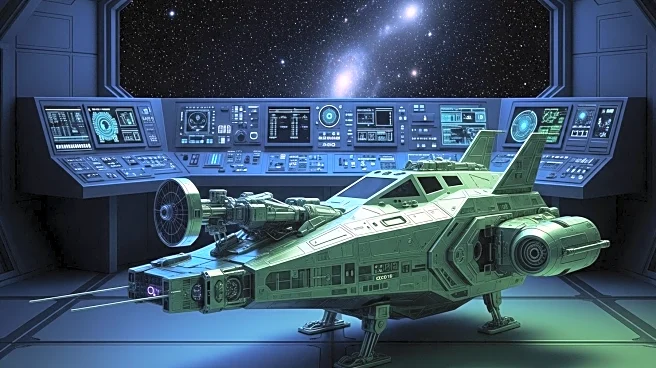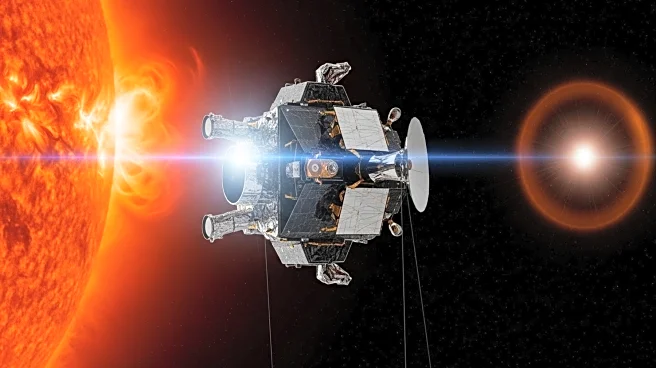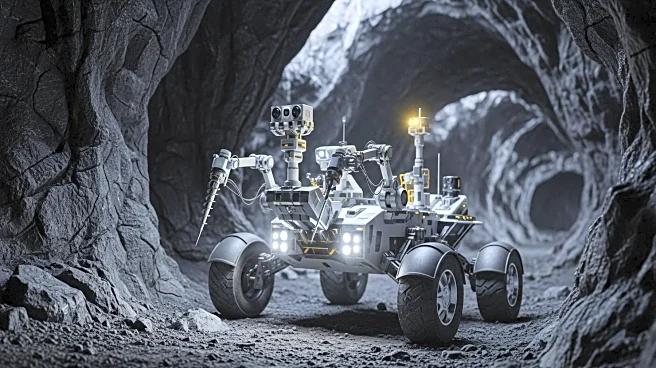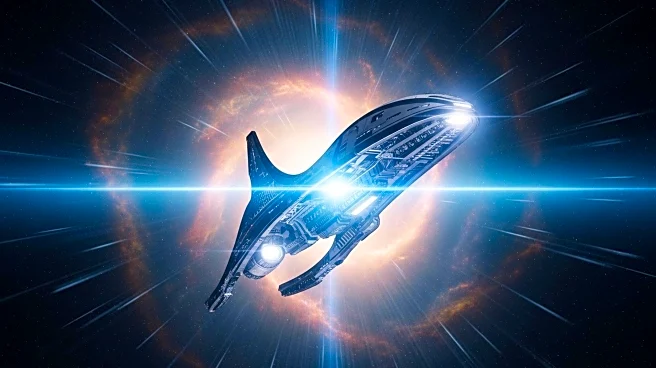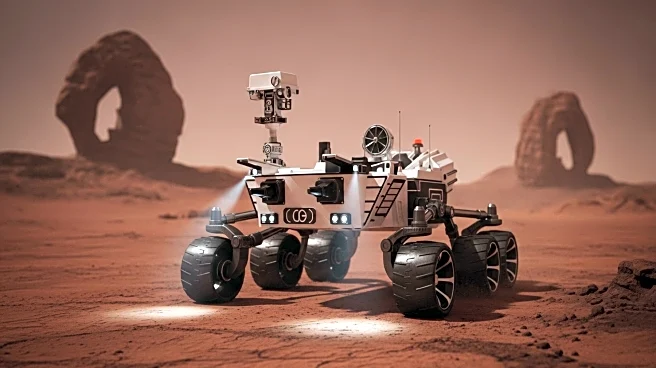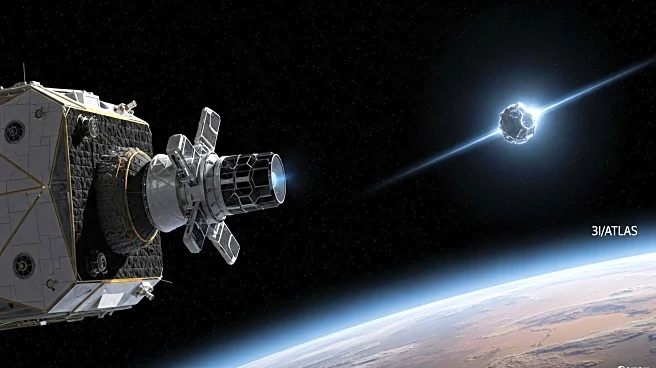What's Happening?
The European Space Agency (ESA) has deployed two laser-ranging stations, Izaña-1 and Izaña-2, located on Mount Teide in Tenerife, Spain, to track potentially hazardous space debris. These stations use lasers to detect and monitor the trajectory of debris that could collide with satellites. Izaña-2 fires laser pulses at debris, while Izaña-1 detects the reflected light, allowing ESA to chart the debris' orbit and assess collision risks. The system aims to prevent collisions that could lead to the Kessler Syndrome, a scenario where space debris density becomes too high, rendering parts of low Earth orbit unusable.
Why It's Important?
Tracking space debris is crucial to prevent satellite collisions, which can result in significant financial losses and the loss of scientific data. A collision could also create more debris, exacerbating the space junk problem. The ESA's laser system offers a proactive approach to managing space debris, potentially preventing the Kessler Syndrome. This initiative supports satellite operators by providing real-time data on debris locations, enabling them to take evasive actions. The system's development towards full automation could enhance data productivity and operational efficiency.
What's Next?
The ESA plans to advance the system to full automation, increasing data productivity. Additionally, the concept of 'laser momentum transfer' is being explored, where lasers could gently push debris away from satellites, conserving satellite fuel and prolonging missions. The Izaña-2 laser may also serve as a testbed for laser communication, offering less interference and supporting quantum encryption. These developments could transform the system into a comprehensive space debris avoidance scheme, integrating with ESA's OMLET project for orbital maintenance.

